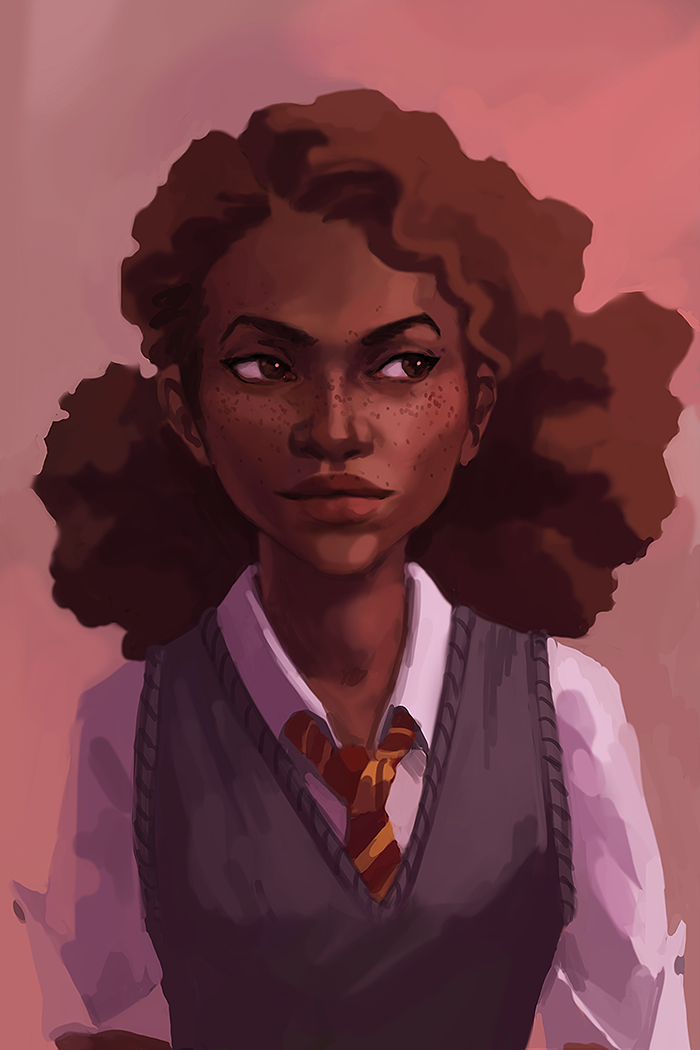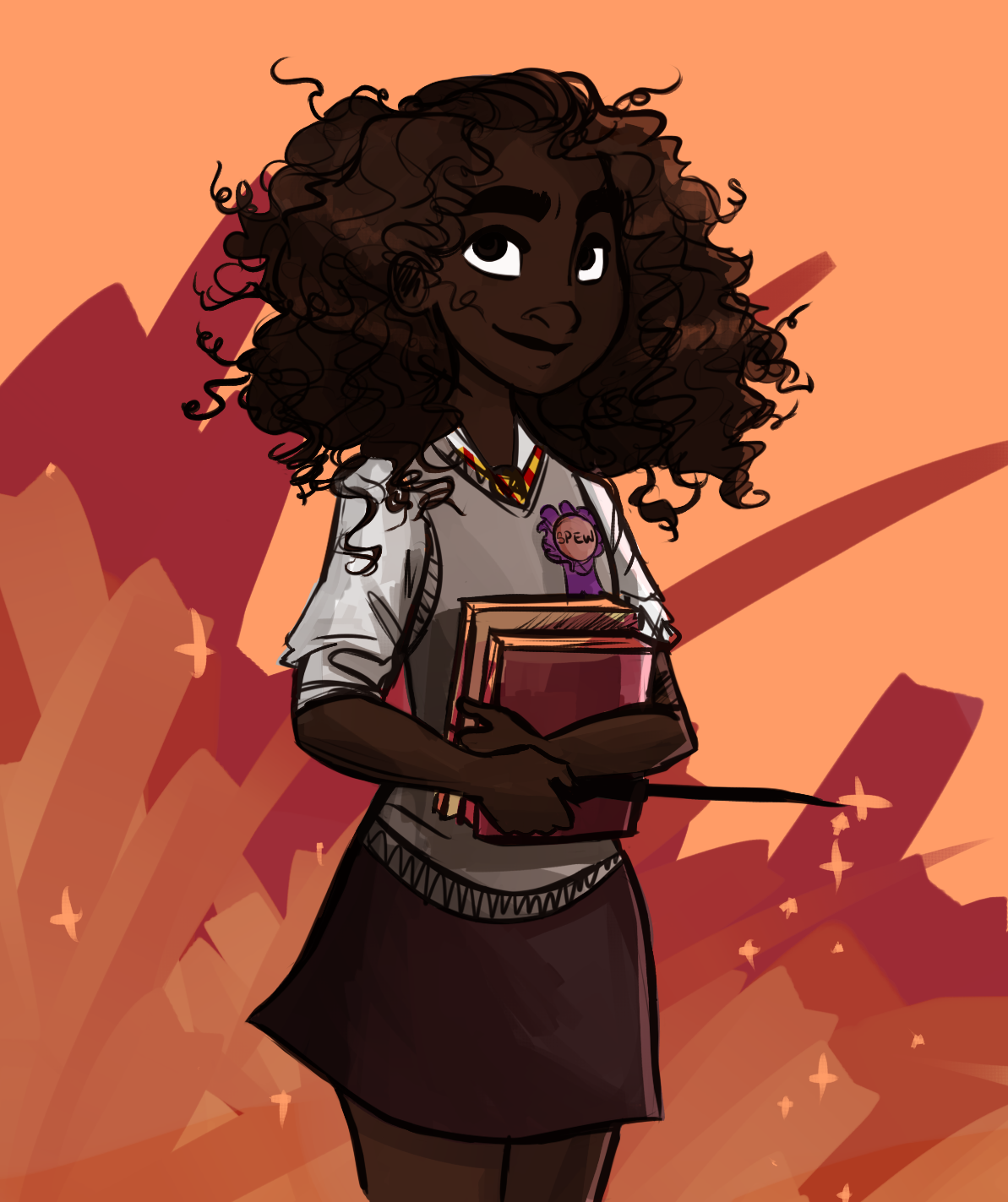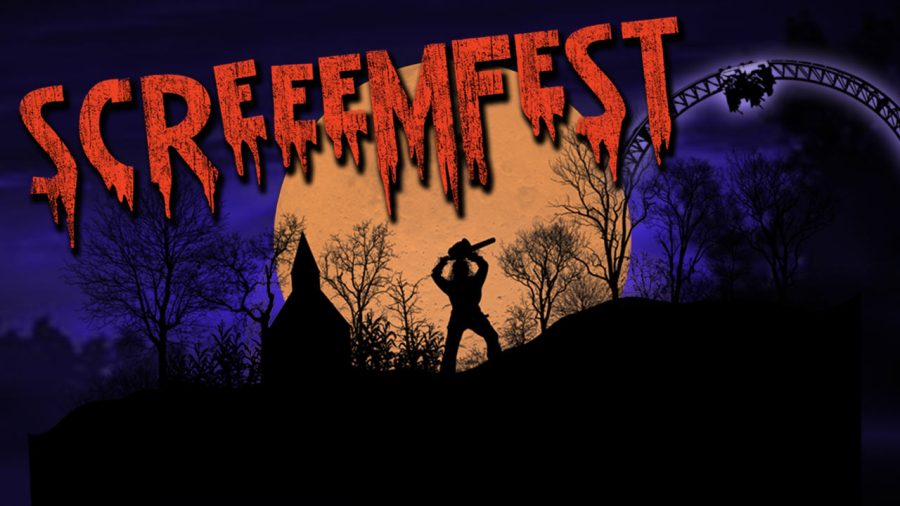There’s been some brouhaha in the Harry Potter fanbase surrounding Hermione Granger, one of the series’s central characters. J.K. Rowling collaborated on a sequel play, titled “Harry Potter and the Cursed Child,” which follows various characters into middle age. The play is set to premiere in London next summer. The buzz surrounds black actress Noma Dumezweni, who will play Hermione. Baffled fans insist Hermione is white and Rowling intended her to be so.
https://twitter.com/utterlyrayene/status/678746988024844288
We cannot dismiss the backlash as anger over misrepresentation of canon, e.g. a male Hermione instead of a female one, since the books never specify Hermione’s skin color. The Sorcerer’s Stone describes Hermione as buck-toothed with bushy brown hair and brown eyes. The Prisoner of Azkaban says “Hermione [looks] very brown.” The book also mentions “Hermione’s white face” when she is terrified, but this usage of “white” is equivalent to “pale with fear” and is not an indication of her skin color. Since 86% of Britons are white, the character could certainly be if Hogwarts has the same racial composition as the United Kingdom. But the books never specify Hermione’s skin color.
Thus the outrage is racist, rooted in the idea that a character is white by default and should remain white in every interpretation of the character. Emma Watson, a white actress, played the character in all eight films; however, interpretations of characters only have to be canonically correct, not necessarily consistent with other interpretations. We as readers are so accustomed to white heroes that we require a skin color specification to imagine anything else. (Even this non-white reader assumes characters are white until proven otherwise!) The appalling lack of racial diversity in fantasy novels perpetuates this tendency: if white characters are a majority, people will assume a new character is white as well.
why cast someone who completely differs to the description depicted in books that created characters we know so well? #CursedChild #Hermione
— Amy Sherratt (@Coupeface) December 21, 2015
Yet many Harry Potter fans have long portrayed Hermione as a woman of color, and some fans celebrate the casting decision as a victory for black people. Such a division illustrates readers’ need for characters to reflect the fans themselves–it’s no coincidence that many of the most exuberant tweets were from black and/or female users.
https://twitter.com/iSmashFizzle/status/678712717180608512
Anti-black-Hermione backlash perhaps shows that the angry fans would love Hermione as a white character. Yet a scarcity of racial diversity forces non-white readers (like myself) to relate to other aspects of characters. It’s ridiculous when fans complain about losing Hermione to a black interpretation when non-white fans deal with a lack of racial representation every single day. If non-white fans complained about every author who wrote x or y character as white, the Internet would never shut up.


The success of shows with non-white protagonists, including the Netflix original series Master of None and Nickelodeon’s Legend of Korra, demonstrates that characters don’t have to be white to be popular. While a minority of Harry Potter fans protest a black interpretation of a beloved character, most fans are unfazed.
https://twitter.com/MrLROldfield/status/678720915518136320
If White dudes can be Egyptians/Asians/Arabs/Latinos/Native Americans, then a Black woman can be #Hermione. It's all good.
— Wajahat Ali (@WajahatAli) December 21, 2015
https://twitter.com/failnaut/status/678898466274152450
This small battle is part of an ongoing fight to make our media reflect ourselves, and, judging from J.K. Rowling’s tweet, tolerance won this time.
Canon: brown eyes, frizzy hair and very clever. White skin was never specified. Rowling loves black Hermione 😘 https://t.co/5fKX4InjTH
— J.K. Rowling (@jk_rowling) December 21, 2015








